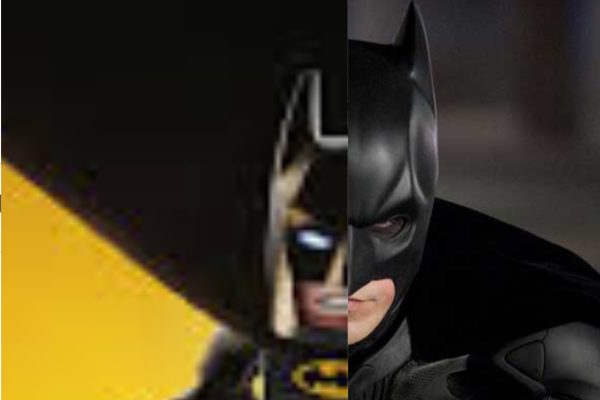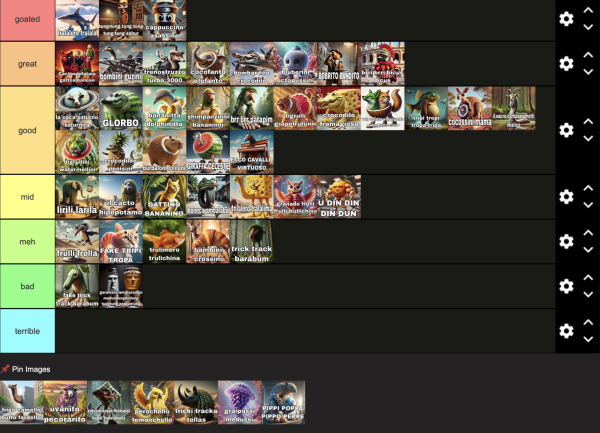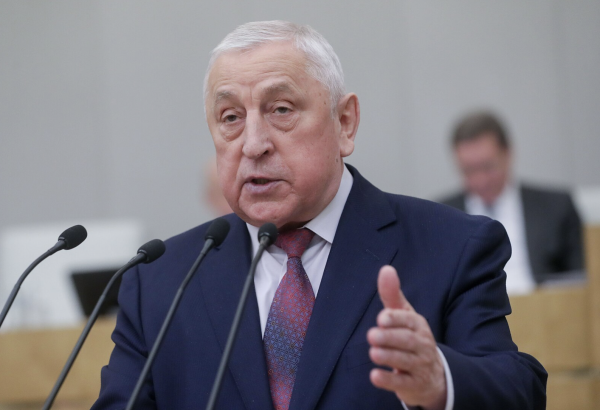Shooting Shows America Racial Prejudice In Ferguson
What caused these riots in the small town of Ferguson, Missouri?
On the 8th of August, an unarmed eighteen year-old African American, Michael Brown, was shot to death after robbing a convenience store in Ferguson, Missouri, initiating protests from the public. Why all the rallies and public demonstrations over the death of Brown? The issue runs much deeper than it seems; Ferguson has been silently struggling with the battle of racism. Once Brown was killed, the issue finally rose to the surface.
Ferguson is a community mostly consisting of black citizens; almost two-thirds of the population is black. Although the population is predominantly African American, the police force is not. Out of the 53 policemen serving, 50 are Caucasian. The mayor is also white. The political power base within Ferguson is clearly not representative of the population, having the few whites in control of the running of the suburb, while the majority of the inhabitants have no say. Due to this division of the town, biased views have been constructed, and racism has formed.
The death of Michael Brown has two different stories, passed around and altered by the perspective and opinions of others. Briefly succeeding Brown’s shoplifting from a local convenience store, he was stopped by a Caucasian officer, Darren Wilson, and asked not to walk in the road. Brown responded, saying he was almost to his destination and would be out of the street momentarily. The officer drove off, but quickly reversed almost hitting Brown and his friend, Dorian Johnson. After this point, the situation becomes gray.
One story, Johnson’s, continues as follows: Wilson tries to open the door to his vehicle, but it remains closed. The door ricocheted off the boys because of the cars proximity to them. Wilson then grabs Brown and tries to drag him in the car as Brown resists. Wilson then pulls his gun on the two and shoots Brown in the chest.
Other witnesses voiced their perspective of the scene, agreeing that Wilson was pulling Brown into the car, while he resisted. Brown and Wilson then took off running. Brown ran and attempted to turn around and let Wilson know he was defenseless. Upon doing so, Brown was shot and killed.
Wilson’s story is somewhat different: After he reversed his car towards the boys, he went to open the door, but it was abruptly slammed in his face. Michael went for him, punching him in the face and shoving him into the car before trying to grab his gun. In the vehicle, Wilson lost control of the gun, and it shot Brown. Brown took off running with Wilson on his tail. As he yelled “Freeze!,” Brown turned around and charged at him. That was when he fired at him.
These stories are very conflicting. Due to the division within the community, sides were taken and the rallies and demonstrations against the police began. Crowds became so rowdy, the police used tear gas and stun grenades to end the protests. Certain actions were taken in an effort to end the violence, but none did so more than Brown’s funeral. After the event, the tension was restored and protestations are most likely to continue. A trial is to be held, but the outcome is still uncertain; The evidence for and against Wilson has been contaminated with biases and conjecture to the point where it’s hard to distinguish the evidence from opinion. We’ll let the jury decide.






